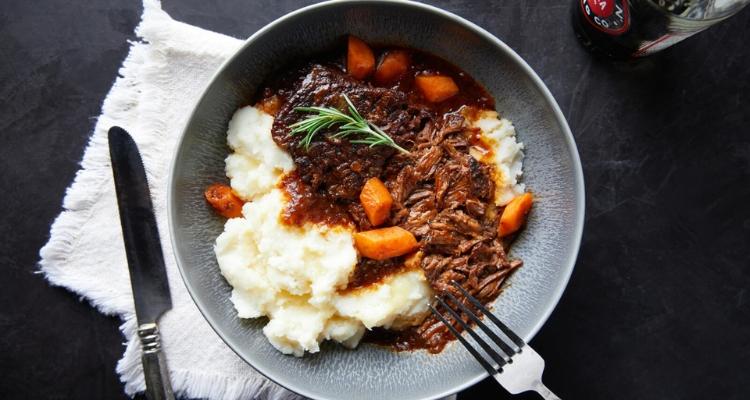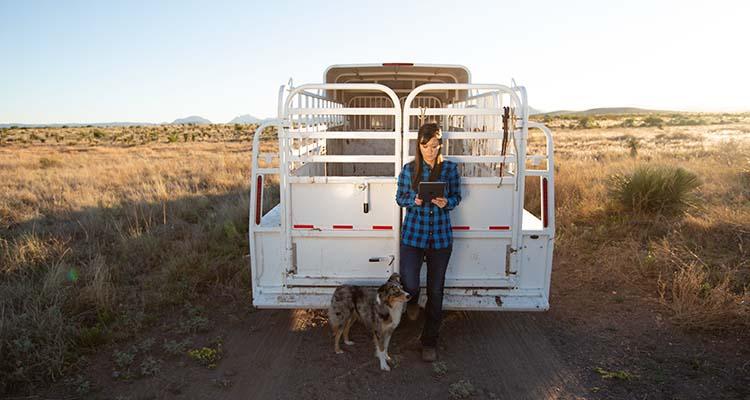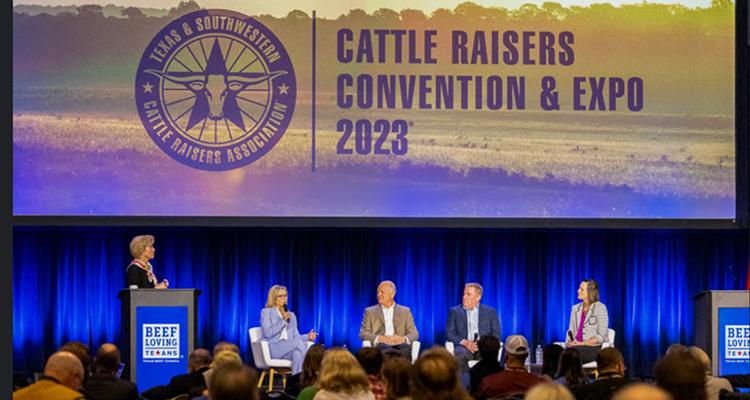September 06, 2022
The Beef Research Journey - With Molly
By: Molly McAdams, TBC Executive Vice President
With summer coming to a close, many of you may be thinking about a road trip or two and the inevitable memories of someone asking, “Are we there yet?”. Our family of six traveled like a pack in one of those old station wagons with the rear seat facing backwards. I always felt like “Are we there yet?” was a fair question; after all, I could only see where we had been—not where we were going!
The research journey is a bit like a long road trip, leaving you wondering if you’ll ever arrive at the destination… wherever it may be. Not long ago, I saw a presentation on the topic of nutrition that made me believe we have finally made it. The slides showed how consumer perception of beef as a “nutrition driver” has improved over the past four years, from a substantial deficit, surpassing chicken. At the time, I told the group that we should be shouting this exciting information from the rooftops. True to my word, I left the meeting ready to share the news with as many producers as possible, which I’ve done at summer meetings and will continue in the fall.
But research is best understood by revisiting where we were when we started the journey, and where we’ll go from here. So, let’s first take a step back and appreciate how we got to this point. Beef industry research pre-dates the formation of the federal Beef Checkoff program in 1986. However, the Beef Checkoff dramatically accelerated and focused research on the protein we care about most—beef.
Beef Checkoff research is the only beef-centric, U.S.-based research initiative focused on understanding beef’s attributes, challenges and opportunities. It uniquely contributes to the “body of science” needed to promote, protect, and defend beef’s role in healthy diets, and as a wholesome, convenient and delicious protein.
When I was a graduate student, both of my research projects were funded through the Beef Checkoff. I vividly remember the staff leadership, first with National Livestock and Meat Board then later with National Cattlemen’s Beef Association, coming to my university’s research facilities to get updates from graduate students like me on various funded projects. Even in my 20s, I knew this research could potentially be a difference maker for cattle producers and the entire beef industry.
Decades later, I still remember this experience clearly and try to stay up to date on the important research that checkoff dollars fund. Inspired by my personal memories of beef research, over the past six months I’ve delved into the impact of the beef industry’s “research roadmap” to truly grasp what Beef Checkoff research has accomplished over the years. Dating back over three decades, the results are truly remarkable.
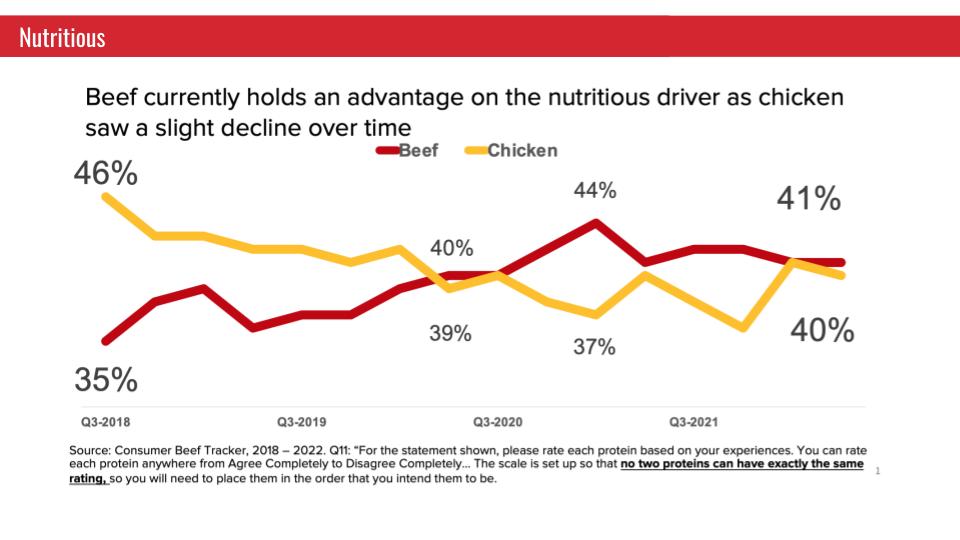
The data on improved consumer perception of beef as a nutrition driver came from the Consumer Beef Tracker, a quarterly study of consumer opinions that evaluates demand drivers on important topics. One demand driver we’re all familiar with is taste. It’s no secret that consumers frequently and consistently choose beef over other animal proteins because it ranks high on the taste driver. However, the nutrition driver has not been our strongest demand driver—meaning consumers frequently choose chicken over beef because they simply think it’s better for them.
Until recently, that is. Clearly, when it comes to the truth about beef’s nutritional value, we’re doing something right. By sharing our long-term research data with thought leaders, scientists, medical professionals and other credentialed experts like nutritionists and dietitians, we’re effectively spreading the word about beef’s positive attributes to consumers from all walks of life.
Another win worth noting involves beef tenderness research. In the early 1990s, the first National Beef Tenderness survey was conducted, funded by the Beef Checkoff. The results revealed our product was highly variable in tenderness, and consumers didn’t find it acceptable. A series of research projects, including periodic tenderness surveys, began to identify issues contributing to beef toughness at both retail and foodservice.
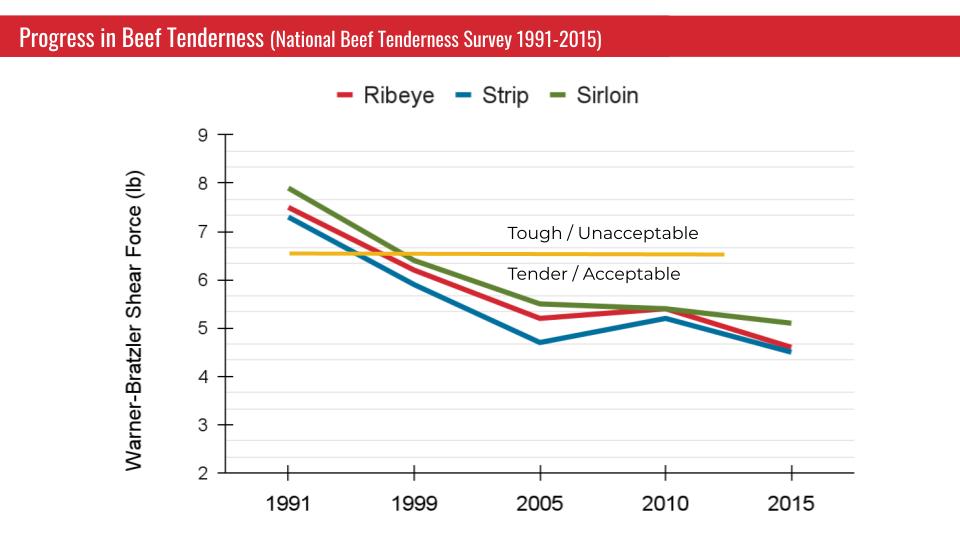
The entire beef industry was involved in finding solutions to tenderness issues, including genetic selection, improved animal management strategies, changes in carcass chilling procedures, use of aging processes, focus on improved quality grades and more. The resulting improvements, which included everyone from cattle producers to researchers and consumer-facing industries, have been overwhelmingly positive.
It’s easy to lose track of where we were when our research endeavors began. When I look back at the past few decades spent working in this wonderful industry, I realize we’ve come a long way. Over the next few issues of Cattle Talk, I’m going to focus on beef industry research’s impact over the long haul.
